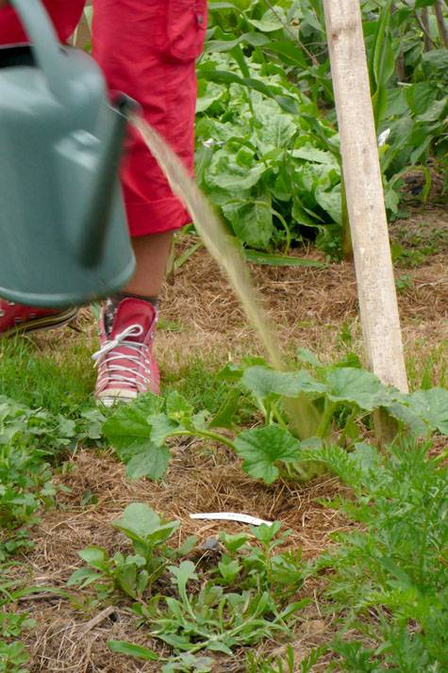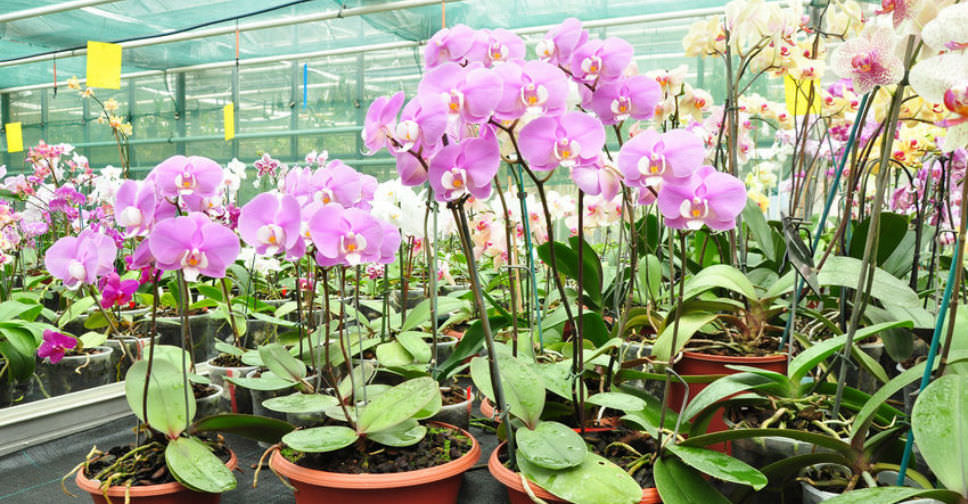Table of Content
A hydroponic wick system is a type of hydroponic setup that relies on capillary action to deliver water and nutrients to the plant roots. You should research different types of plants and figure out which ones are best suited for hydroponic gardening before making your selections. Hydroponic gardens require specialized equipment such as grow lights, air pumps, irrigation systems, and containers for plants. Before starting, the company cautions not to mix the nutrients without using water. Also, wear gloves since these are concentrated fertilizers in powder form. However, since the set contains a combination of macro and micronutrients necessary for cannabis to grow, you don't need to add anything else.

In conclusion, donkey manure has many advantages as an organic fertilizer for vegetable gardens. As donkey manure is a slow-release fertilizer, it provides plants with a steady supply of nutrients over several weeks or months. Using donkey manure as a fertilizer has many benefits, including the fact that it provides slow-release nutrients that are readily available to the plants. In addition, using donkey manure instead of chemical fertilizers reduces runoff into nearby waterways, helping protect aquatic ecosystems from pollution and contamination. Fresh droppings have higher levels of nitrogen than older droppings, which helps promote plant growth and fertility. Organic fertilizers such as donkey manure are beneficial for gardens because they do not contain any harsh chemicals and release their nutrient content slowly into the soil.
How to make hydroponic nutrients at home – what nutrients do you need?
Add one tablespoon of blood meal as extra nutrients to promote plant growth. Finally, the nutrients you buy will usually have the inclusion of additional pH buffers. Since you are in the process of making your own, you are going to need a digital pH pen and solutions of pH UP and pH Down. We’ll walk you through the process of creating man-made liquid fertilizer and tell you all about the importance of knowing exactly what nutrients your plant needs to be happy. Calcium nitrate, potassium nitrate, magnesium nitrate, copper sulfate, and ammonium phosphate are absolute essentials among chemical substances to grow plants in a soil-free way. As mentioned before, a few factors can make a profound impact on the nutrition hydroponic solution.

The good temperature that can easily be handled by your nutrient solution is 70 to 75 degrees . Use a separate container to dissolve 0.1 tsp of manganese chloride and 0.25 tsp of boric acid in 1 liter of water. Half a cup of this liquid should go to the ready macronutrient solution.
Hydroponic Gardening At Home
With the proper application, donkey manure can provide essential nutrients to garden soil and improve the overall health of your plants. It is full of nitrogen, phosphorus, and potassium, which all help plants to take up water and absorb necessary minerals from the soil. It also contains beneficial bacteria that can help break down organic matter into usable nutrients for your plants.

Donkey manure is an organic fertilizer made from the waste of donkeys that has been found to provide a range of nutrients to help plants thrive. Not only is donkey manure an effective fertilizer for vegetable gardens, but it is often preferred over synthetic fertilizers due to its natural composition. Donkey manure provides plants with essential nutrients while also controlling soil pH and improving the structure of the soil itself. Plants are placed in containers filled with air rather than liquid solutions and an a pump sprays the roots with small missing nozzles and this provides oxygenation to the roots. This system is very popular with commercial growers who use it for leafy greens.
How to Make Liquid Fertilizer for a Hydroponic System
For this, you just need a clean container to take 5-6 drops of your fertilizer and place them on the electronic pH meter. Adjusts for up to 18“ of grow height Check Price If you click this link and make a purchase, we earn a commission at no additional cost to you. Be careful, however, when adding water to activities in a mixing container.
Therefore, purchase a bag of all micronutrients separately instead of mixing them yourself. Indoor lettuce, herbs, and other greens can be grown in a small amount of space with a simple hydroponic system in buckets or storage totes. You must first determine what your plants require and then deliver it to them. As a result of inadequate nutrients, plants can have problems with leaf development and become unable to grow. Because of a lack of manganese, your plants may have yellow or oddly colored leaves. To mix the mixture up, you can use 2 teaspoons of fertilizer and 1 teaspoon of Epsom salts in every gallon of water.
It's best to buy standard fertilizers that also contain micronutrients. Or, you could purchase separate bags and mix them according to the manufacturer's instructions. There are chemicals and pathogens in tap water that can harm plants. Maintain a consistent temperature in the water by keeping it between 65 and 75 degrees Fahrenheit. Look for liquid fertilizers and water-soluble powders that can be used in an indoor Hydroponics growing system.
The easiest way to make a DIY hydroponic solution is to purchase a standard fertilizer. It tends to work out cheaper than commercially bottled nutrients, especially if you have a small garden. Of course, it will work even if you have a bigger garden, but you can mix the nutrients from scratch to save more money. Therefore, you cannot use nutrients randomly during any stages of plant growth. Instead, it's best to go with an all-purpose fertilizer that contains balanced nutrients. Nitrogen, the first macronutrient, plays a significant role in plant growth.
The high levels of nitrogen and other minerals contained in donkey manure can burn or damage delicate plants if applied too soon or in excessive amounts. Not only does it contain essential nutrients for vegetation growth, but it also contains other beneficial components such as fungi and bacteria which help to build soil structure. Similarly, if you’re growing flowers in your garden then you might want to consider a lighter version of donkey manure since it can be too rich for delicate blooms. Additionally, make sure you thoroughly wash your hands after working with donkey manure to prevent any germs passing onto food sources or vegetables growing in your garden. The first step when applying donkey manure to your vegetable garden is to turn the soil over and make sure it’s adequately aerated.
The next step is to combine this solution with a half cup of the macronutrient solution. Keeping the reservoir cool is an important aspect of maintaining its health. An ideal nutrient solution should be between 65 and 75 degrees Fahrenheit. Synthetic chemicals are commonly used to make Hydroponic nutrients.
We advise you to use routers together with your nutrient solutions but before adding them to the tray, let the rooter plug get soaked in the hydroponic nutrient mixture. Before even mixing a single drop, you will need to understand the basics of what goes into these nutrients and how each component works. This is because there are many compounds in a hydroponic nutrient solution, and these need to be made available to your plants at various stages of their growth.

Otherwise, some of them can precipitate and also become insoluble in water. It's great if the manufacturer provides detailed instructions on mixing the nutrients, but if they don't, you're on your own. With a little bit of research and reading this article, of course, you'll be able to do it on your own pretty easily. Nutrients are typically divided into two types for all plants.
Add it in small amounts to avoid spilling over the brim and, on the other side, remember that water can be often absorbed by elements or turn to vapor. To avoid disproportions, only use drops of pure water if you see the water level reduce. All the above nutrients can be a cost-effective way of adding nutrients to your hydroponic system. However, you will need to pay close attention to your plants when you begin using them.


No comments:
Post a Comment